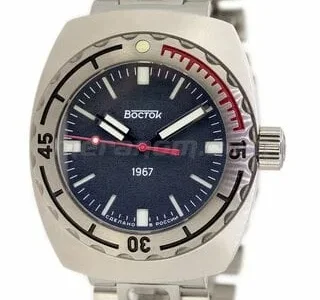Discover the key brands in modern Russian watchmaking with an in-depth analysis of each brand. Whether you’re an experienced collector or a novice, this guide will provide all the information you need to navigate the fascinating world of Russian horology.
Independent Brands
Raketa
Official Website: Raketa
Raketa is one of the most iconic names in Russian watchmaking, established in 1961 to honor Yuri Gagarin’s space flight. Known for their in-house movements, Raketa watches like the “Big Zero” and “Kopernik” are distinctive and innovative. These timepieces blend bold design with incredible technical precision, making Raketa a standout brand for those seeking unique watches.
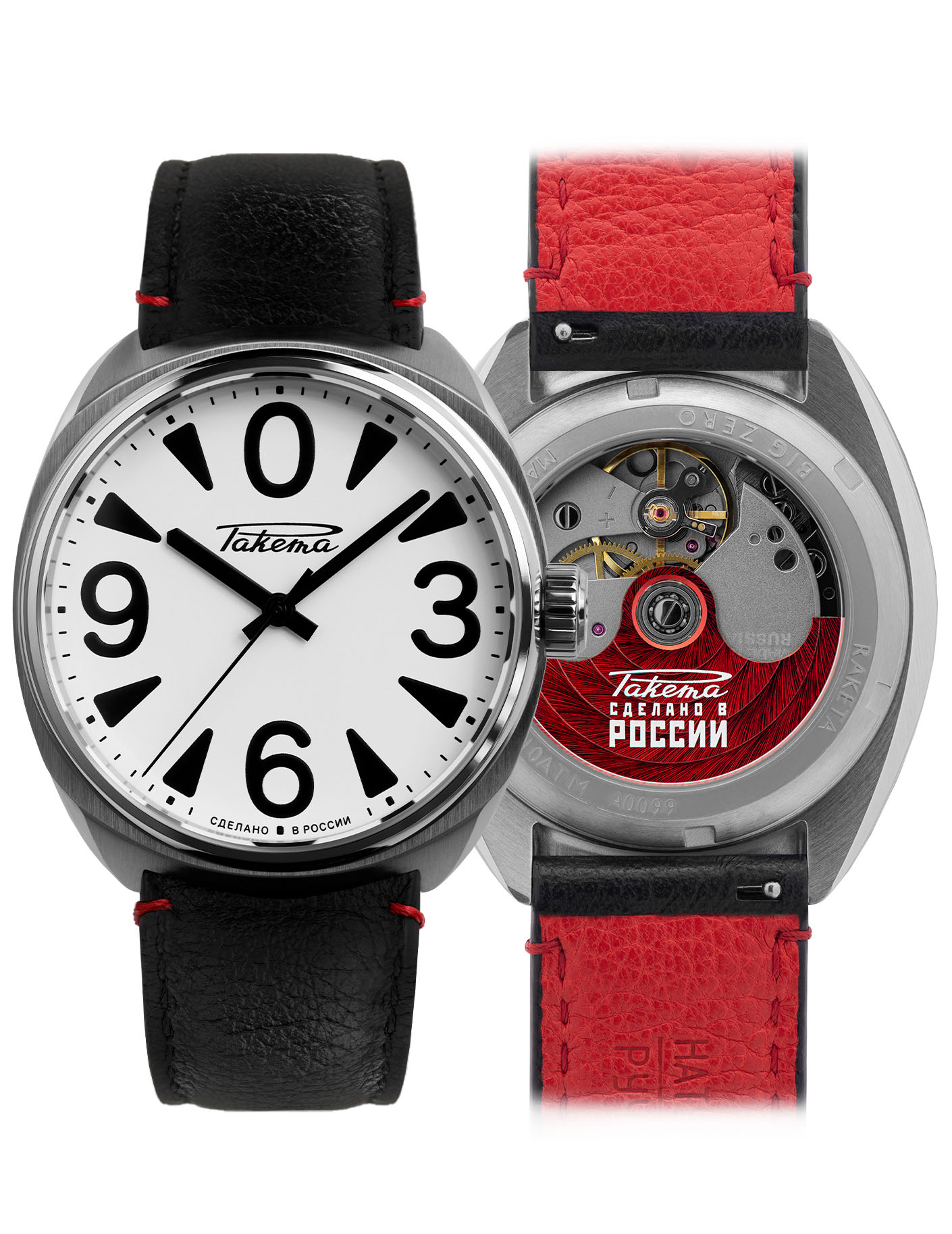
Vostok
Official Website: Vostok
Vostok is celebrated for its robust and reliable watches, such as the “Amphibia” and “Komandirskie” lines. Founded in 1942, Vostok has a rich history of producing durable timepieces initially designed for the Soviet military. These watches are appreciated for their durability and functional design, perfect for outdoor enthusiasts and water sports lovers. The Amphibia line, in particular, is renowned for its water resistance and sturdy construction.
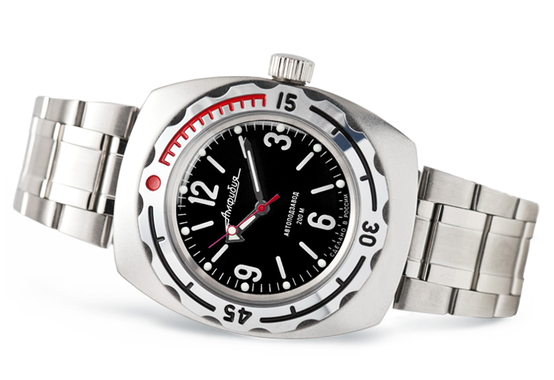
Luch
Official Website: Luch
Luch, founded in 1953 in Minsk, offers elegant and accessible watches with excellent value for money. Luch provides a wide range of designs, from classic to modern, known for their simplicity and reliability. Combining minimalist design with high precision, Luch watches are an excellent choice for those seeking elegance and functionality at an affordable price.
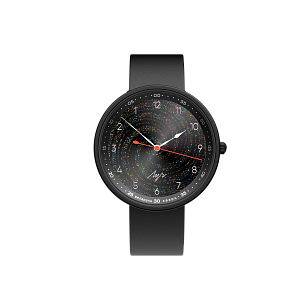
Poljot International Holding
Poljot International
Official Website: Poljot International
Poljot International continues the tradition of the famous Poljot brand, known for its chronographs and mechanical watches. Their models range from classic manual winders to sophisticated tourbillons, blending modern design with Russian tradition. The attention to detail and craftsmanship make these watches unique pieces.

Basilika
Official Website: Basilika
Part of the Poljot International holding, Basilika stands out for its unique and recognizable designs. These watches combine elegance and functionality, making them eye-catching for their distinctive aesthetics.

Volmax Holding
Sturmanskie
Official Website: Sturmanskie
Sturmanskie is known for its ties to Soviet aviation and space exploration. The “Gagarin” models commemorate the first human space flight, while the “Sputnik” line celebrates the launch of the first artificial satellite. Sturmanskie watches are valued for their durability and historical design, ideal for aviation and space enthusiasts.
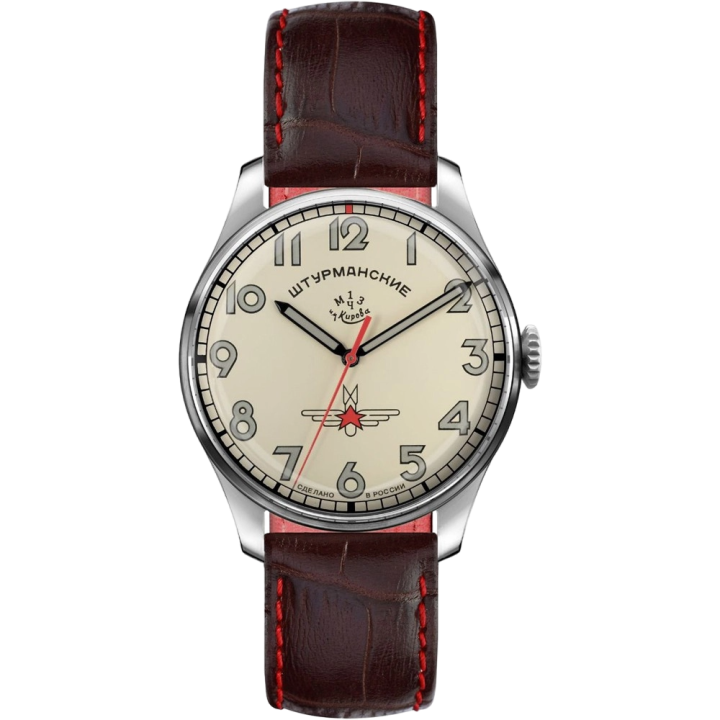
Strela
Official Website: Strela
Revived under Volmax, Strela is famous for its chronographs used in Soviet space missions. Modern Strela watches retain vintage designs and use high-precision mechanical movements, making them popular among collectors for their history and reliability.
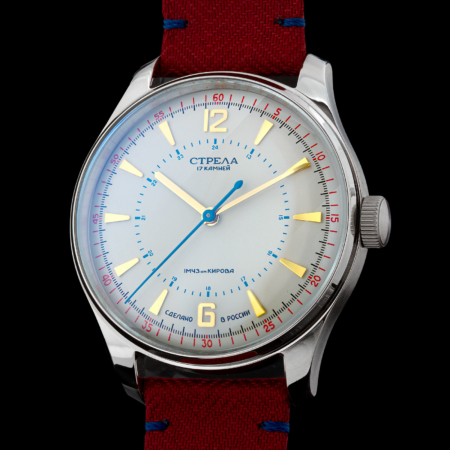
Aviator
Official Website: Aviator
Part of Volmax, Aviator produces watches inspired by aviation. These timepieces are designed to be robust and precise, evoking the golden era of flight. Aviator watches are perfect for those seeking a blend of functionality and aeronautical style.
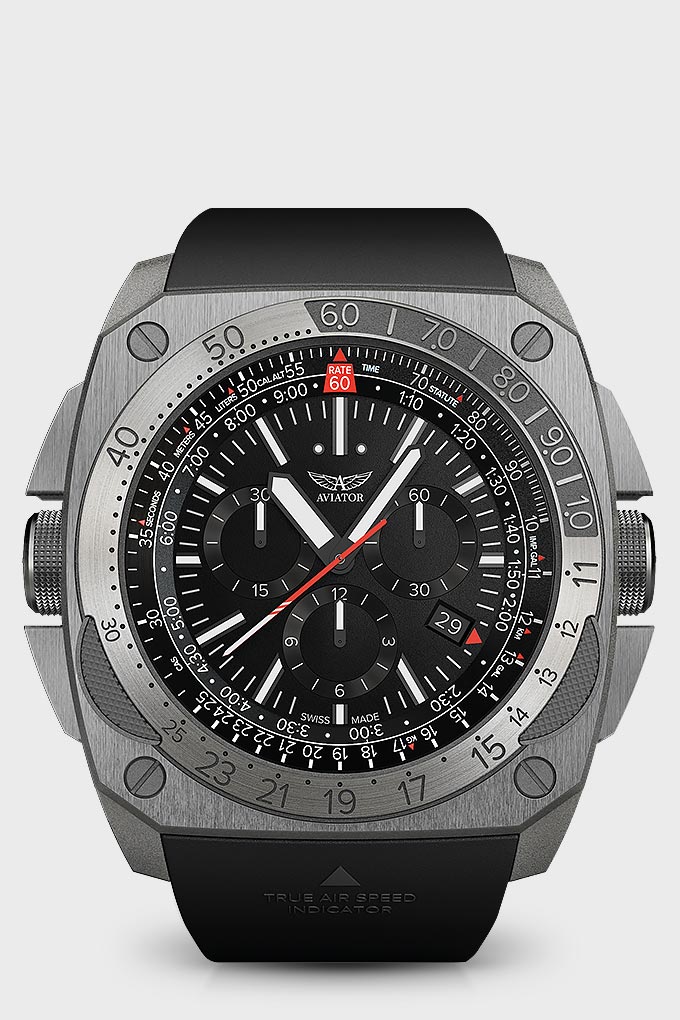
CCCP Time (Hong Kong)
Slava
Official Website: CCCP Time
Slava, now associated with CCCP Time, produces Soviet-themed watches using restored Slava movements or modern Japanese movements. These models combine nostalgic design and reliability, reflecting the aesthetics of original Soviet watches. They are perfect for those looking for a piece of history with a modern twist.

Meranom
Buyalov
Official Website: Meranom – Buyalov
Buyalov, sold through Meranom, is known for its distinctive and artisanal watch designs. These models offer a unique blend of modern aesthetics and Russian watchmaking tradition, resulting in timepieces that are both elegant and functional.

Attache
Official Website: Meranom – Attache
Attache, another brand distributed by Meranom, is known for its elegant and professional watches. These timepieces are designed for the business audience, featuring sophisticated design and high-quality construction.

Amphibia
Official Website: Meranom – Amphibia
Amphibia is famous for its rugged and reliable diving watches, ideal for water sports enthusiasts. Known for their water resistance and durable construction, these watches are perfect for underwater adventures.
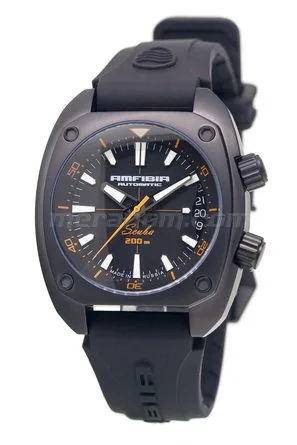
AGAT (Zlatoust Watch Factory)
AGAT
Official Website: AGAT Watch Factory
AGAT, also known as the Zlatoust Watch Factory, is famous for its robust diving watches and chronometers. Models like the “191-ChS” and “192-ChS” are particularly valued for their solid construction and iconic design. These watches were originally designed for Soviet Navy divers and continue to be popular among enthusiasts of robust and historical timepieces.

Conclusion
Modern Russian watchmaking offers a wide range of options for collectors and enthusiasts. Whether you are looking for a piece of history or an innovative design, there is certainly a Russian watch that will meet your needs. Explore the brands listed above to find the perfect watch for you.

